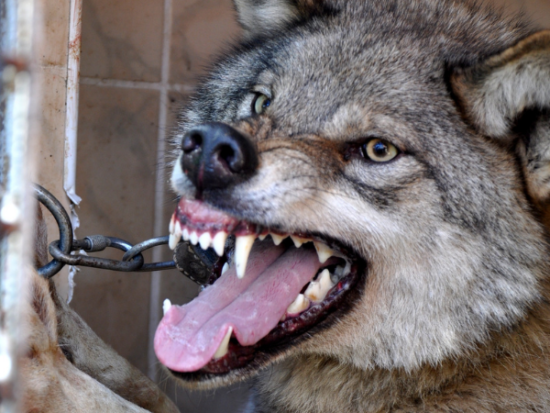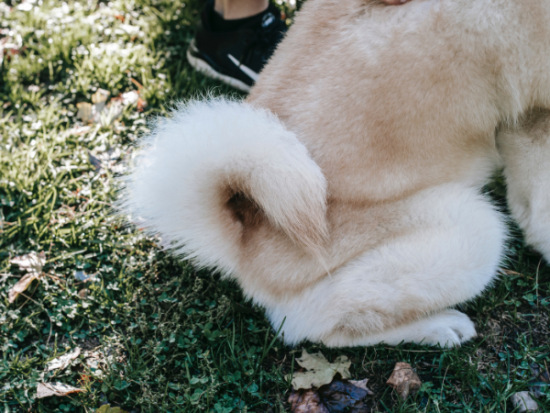Signs of stress in dogs
Is your dog acting over-anxious or depressed lately? Did you go through an episode where you had to save someone from your dog?
Just like humans, you can see signs of stress in dogs. Dogs, including cats, communicate through body language, and for the dog owner, it is essential to understand his dog’s body language to comprehend what it is trying to communicate.
It is not easy for humans to tell if the dog is stressed or behaving unusually. The likely causes for your dog to feel anxious could be a change in its daily routine, loss of canine companions, or at times illnesses that can make the dog feel uneasy. Loud noise, varying handling by the owners and related people, and conflicts with other pets may also cause stress in dogs.
To reduce the stress level in a dog’s behavior, it is pertinent to carry out a consistent routine with your dog. This will reduce their separation anxiety and prevent any risky situation.
How to identify signs of stress in dogs? Below are several warning signs to spot if you have a strange behaving dog.
Related Articles
What to Do During a Dog Attack
Coolest Unique Male Dog Names
Best CBD Pet Treats on Amazon
GROWLING
Growling is a common way of telling if you have a stressful dog around. Although growling is considered an aggression sign in a dog, it could also indicate that they feel threatened by someone or that something makes them uncomfortable or even growl if they are in pain.
It is not wise to punish or negatively impact your dog for growling. Instead, it is significant to respect their space and find another way to get things done.
WHINING
This is a significant clue for dog owners that there is something in the environment causing stress in dogs. So, if your dog is whining or barking a lot, do not ignore it, as this is an automatic and involuntary response to a stressful situation. However, it depends on many things, as dogs do whine and bark for various reasons.
LIP-LICKING OR EXCESSIVE CHEWING
While lip-licking can be a typical gesture for a dog in a public gathering, it may also show that a dog is uneasy or nervous. It is bad behavior if your dog licks his lips when there is no food or edible treats around, indicating stress in dogs. Dogs will occasionally do this along with excessive drooling and chewing when they face an unpredictable situation or visit a vet.
HUNCHING DOWN WITH TAILS BETWEEN LEGS
Once you or a family member understands a dog’s body language, it is not hard to spot a stressful dog. A tucked-in tail between the legs indicates that a dog is stressed and nervous. If you want to find signs of anxiety in dogs, look out for a stiff seat. A stiff tail pointing upwards could be a sign of nervousness and aggression.
Along with the tail between the legs, a dog in a crouching position or hunching down is threatened by something. While some dogs may try to hide, others may show an outburst of reaction in their behavior.
Related Article: Can Stress Cause Back Pain?
UNUSUAL TOILET VISITS
Just like humans, dogs also face gastrointestinal issues because of stress and anxiety. This includes mainly diarrhea and constipation.
If these signs of stress in dogs last for more than a day, then it is advisable to consult a vet for your dog as it could indicate an underlying health issue. It is also possible that your dog may go urine-marking in the entire vicinity to feel safe in a familiar, safe zone and mark his territory.
FREEZING
When a dog gets stiff, it is an indication that he may be anxious or stressed about something or someone. This means that the dog is shutting down, which is a dangerous act for everyone around.
This signifies that the dog is very much stressed about a situation that may bite people around. When dogs are under training, this act of getting stiff and freezing may be taken as a sign of submission.
How to Deal With Stress in Dogs
It is better to notice the signs of stress in your dog before it gets too late and your pet suffers from serious behavioral issues. Pets can only handle stress for a short period, and if your dog shows signs of anxiousness for a more extended period, then it may be a more serious issue.
How to Calm a Stressed Dog
The best way to calm a stressful dog would be to identify what is causing the stress and reducing the trigger. Ensure that, as a dog owner, your actions may not be a trigger for your pet. Give clear commands and avoid staring into the eyes of your dog. Also, avoid punishing your pet unnecessarily to reduce their anxiety.
Related Article: Top Kitchen Products to Buy on Amazon
How to Help a Stressed Dog
You could also help your stressful dog by providing them a safe and isolated place to eat food and by teaching your kids to be respectful towards the pup. If your dog has been previously showing signs of stress in a particular situation or when you have a visitor, then you must know how to ease its anxiety and calm him down.
Provide your dog safe and less noisy places to hide if he is sound-sensitive. Ensure that you stick to a routine as a dog owner and also manage your stress and anger well in front of your pet. If your dog shows signs of stressful behavior, then consult your vet to prescribe him specially formulated supplements that will keep your pet’s anxiety and stress in control.
Conclusion
As a pet owner, you must be well aware of your dog’s body language and that it is common for dogs to get stressed and nervous. However, try not to miss the minor signs of stress in dogs.
Usually, pet owners identify problems with their pets if their stressful behavior escalates. This can happen when the dog is attempting to bite or show aggression. Other forms of stress can be excessive shedding, lack of attention to their owner or other pets, decreased appetite, aggressive behavior, and more.
If signs of stress in dogs are long-lasting, then you are advised to consult a vet behaviorist for further diagnosis. The symptoms mentioned above will be enough for you to figure out if your pet is under stress or not.





